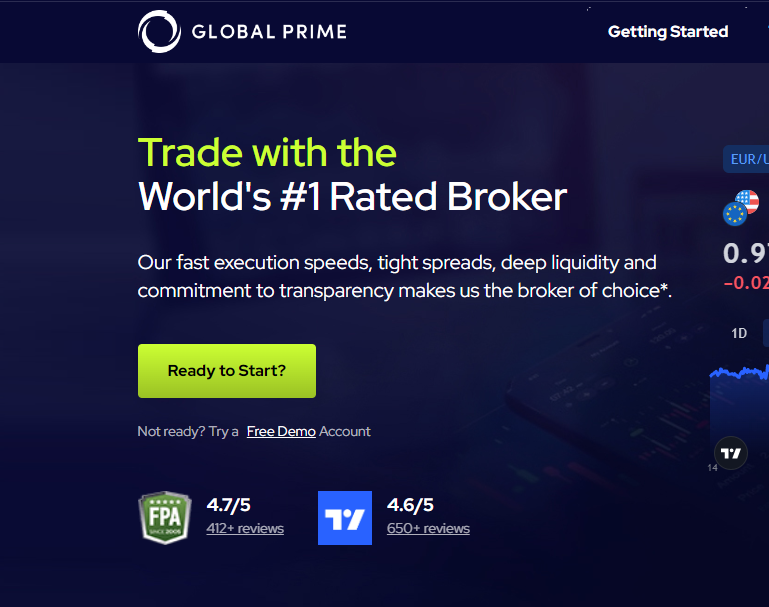Dollar Cost Averaging: A Steady Path to Investment Success…
Investing your hard-earned money can be a hard task, especially when you know how volatile and unpredictable the financial markets are. You’ll be wondering if now is a good time, when to invest or pull out, and so on.
Do you know there’s a strategy that offers a steady and disciplined approach to investing? It’s called Dollar Cost Averaging (DCA). In this post, we will:
- Explain how Dollar cost average investment strategy works,
- Give a practical example of DCA in action,
- Compare Dollar Cost Averaging vs. Lump Sum Investing,
- Highlight the benefits and risks of DCA,
- Provide a step-by-step guide on how you can implement DCA, and
- List 6 types of traders and investors who will benefit most from DCA.
What is Dollar Cost Averaging, and How Does it Work?
Dollar Cost Averaging is a simple and effective investment strategy that any trader and investor can use. It involves investing a fixed amount of money at regular intervals, such as monthly or quarterly. Let’s break it down and explain how it works.
Imagine you have $100 to invest. Instead of investing the entire amount all at once, you decide to invest $10 every week for 10 weeks. This means you’re spreading out your investments over time.
Sometimes the prices of investments, like stocks or mutual funds, go up, and sometimes they go down. When the prices are high, your $10 will buy fewer shares. But when the prices are low, your $10 can buy more shares.
The beauty of Dollar Cost Averaging is that you don’t have to worry about trying to time the market. By investing a fixed amount regularly, you automatically buy more shares when prices are low and fewer shares when prices are high. Over time, this helps to smooth out the effects of market ups and downs.
Practical Example of DCA in Action
Let’s take a practical example to see how Dollar Cost Averaging (DCA) works in action. Suppose you have $1,000 that you want to invest in a particular stock over a period of six months. Instead of investing the entire amount at once, you decide to use DCA and invest $200 every month.
Month 1: You invest $200 when the stock is priced at $20 per share, allowing you to buy 10 shares.
Month 2: The stock price drops to $15 per share, and you invest another $200, which now buys you 13 shares.
In Month 3: The stock price rises to $22 per share, and your $200 investment purchases 9 shares.
Month 4: With the stock price at $18 per share, your $200 investment buys 11 shares.
In Month 5: The stock price increases to $25 per share, and your $200 investment allows you to acquire 8 shares.
Month 6: The stock price declines to $16 per share, and your final $200 investment purchases 12 shares.
By consistently investing $200 each month, here’s a summary of your total shares acquired:
- Month 1: 10 shares
- Month 2: 13 shares
- Month 3: 9 shares
- Month 4: 11 shares
- Month 5: 8 shares
- Month 6: 12 shares
Over the six months, you have accumulated a total of 63 shares by using Dollar Cost Averaging. To calculate the average cost per share, let’s determine the total amount invested:
Total amount invested = $200 x 6 = $1,200
Now, we can find the average cost per share:
Average cost per share = Total amount invested / Total shares acquired
This gives us = $1,200 / 63 ≈ $19.05
By implementing DCA, you achieved an average cost per share of approximately $19.05. This means that, on average, you purchased the stock at a reasonable price despite its fluctuating market value.
Dollar Cost Averaging vs. Lump Sum Investing
Dollar Cost Averaging:
- You invest a fixed amount regularly over time.
- You buy a little bit at a time, spreading out your purchases.
- If the asset’s price is high one week, you might get less of it. But if the price is low another week, you might get more of it.
- This strategy helps reduce the risk of buying at a bad time when the asset’s price is high.
Lump Sum Investing:
- You invest the entire amount at once.
- You buy everything in one go, without waiting or dividing the money.
- You might get a better deal if the asset’s price is low at the time of purchase.
- However, if the asset’s price goes down after you buy it, you might miss out on the chance to get more for your money.
Benefits and Pros of Dollar Cost Averaging
- Mitigates the risk of market timing.
- Reduces the impact of market volatility.
- Potential for long-term gains.
- Psychological benefits for investors.
- Helps avoid making emotional investment decisions.
- Allows for automated and hassle-free investing.
- Helps you become a better trader by using a disciplined investment approach.
Cons and Limitations of Dollar Cost Averaging
- Not suitable for day/swing traders
- Potential opportunity cost during bull markets.
- Delayed investment of available capital.
- Possibility of missing out on market lows.
- Need for a long-term investment horizon.
- Potential for lower returns compared to lump sum investing in certain scenarios.
- May not be suitable for investors with a high risk tolerance or specific investment goals.
Step-by-Step Guide on How to Implement DCA
1. Set your investment goal. It might be to trade as a normal trader, save for retirement, buy a house, fund education, etc.
2. Choose the type of investment that aligns with your goals and risk tolerance, such as stocks, mutual funds, or exchange-traded funds (ETFs).
3. Decide on the fixed amount of money you can comfortably invest on a regular basis. This can be a specific dollar amount or a percentage of your income.
4. Determine the frequency of your investments, whether it’s monthly, quarterly, or any other interval that suits your financial situation.
5. Open an investment account with a brokerage firm, bank, or financial institution that offers the investment vehicle you’ve chosen. Ensure you understand the fees, terms, and conditions associated with the account.
6. Set up automatic transfers from your bank account to your investment account on the designated frequency you’ve chosen. This ensures consistency and eliminates the need for manual transactions.
7. Keep an eye on your investment portfolio’s performance. Use online tools or mobile apps provided by your investment platform to track the progress of your investments over time.
Who Should Use Dollar Cost Averaging?
- Beginner traders and investors
- Long-term traders and investors
- Risk-averse investors
- Traders with limited capital
- Normal individuals with irregular income
- Traders and investors looking to diversify their trading portfolio
Recommended for Next Read







